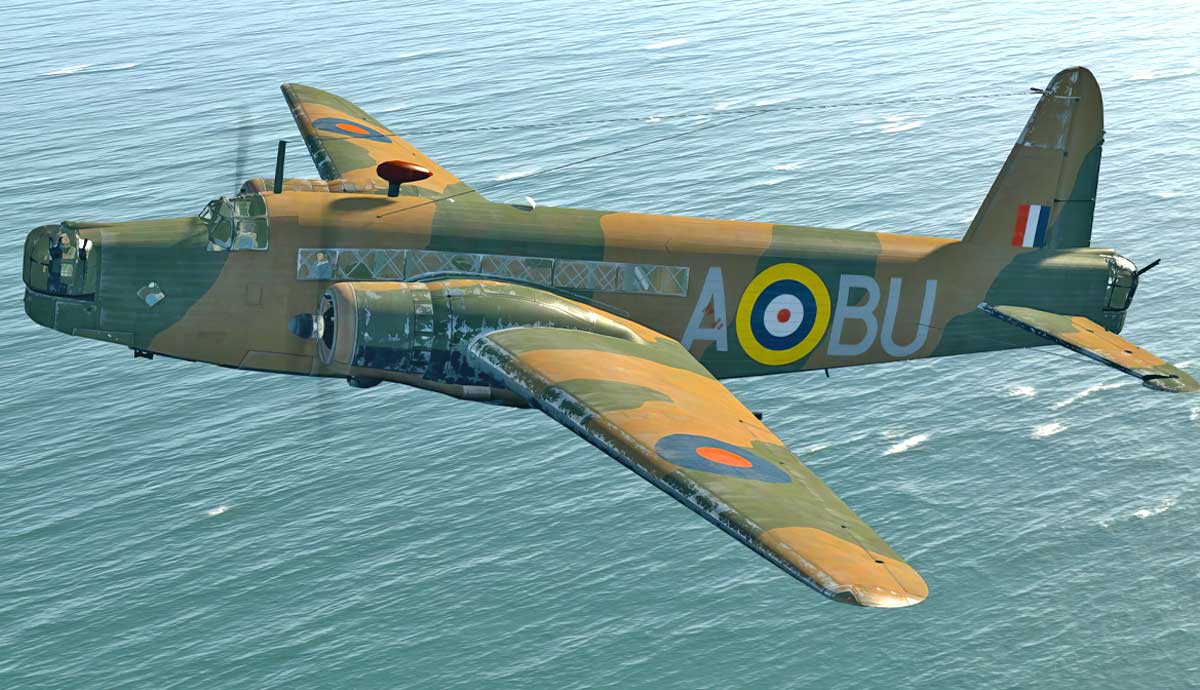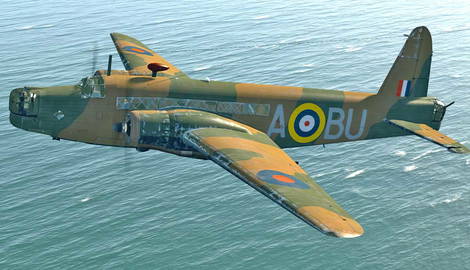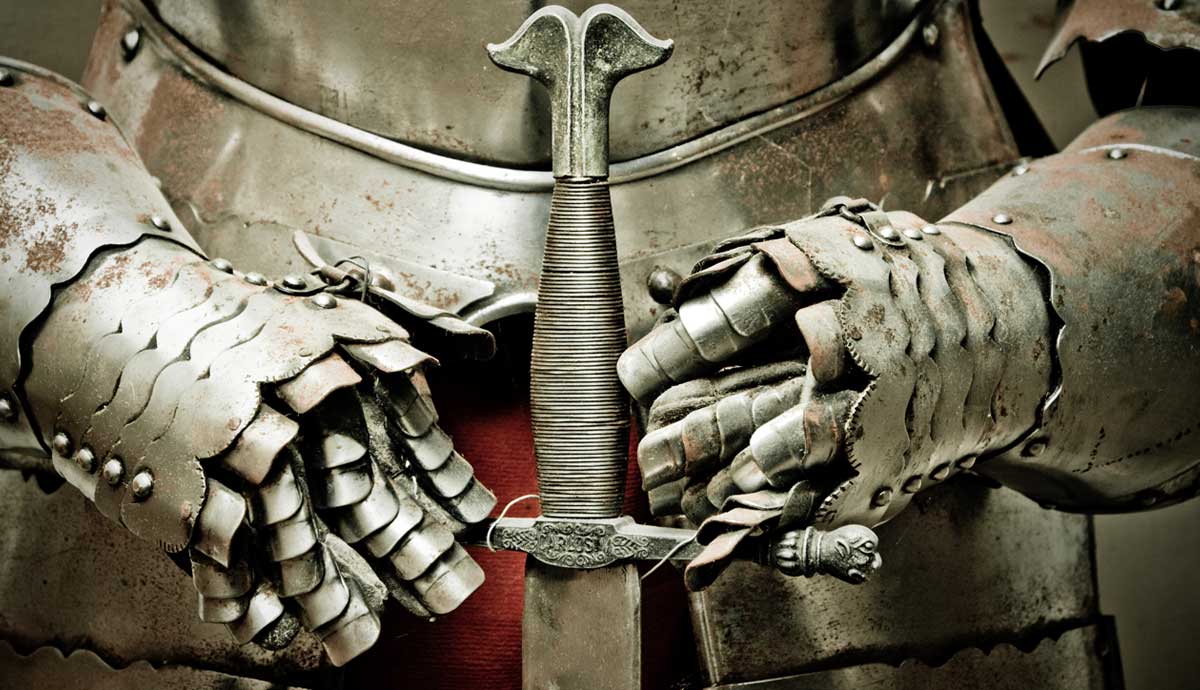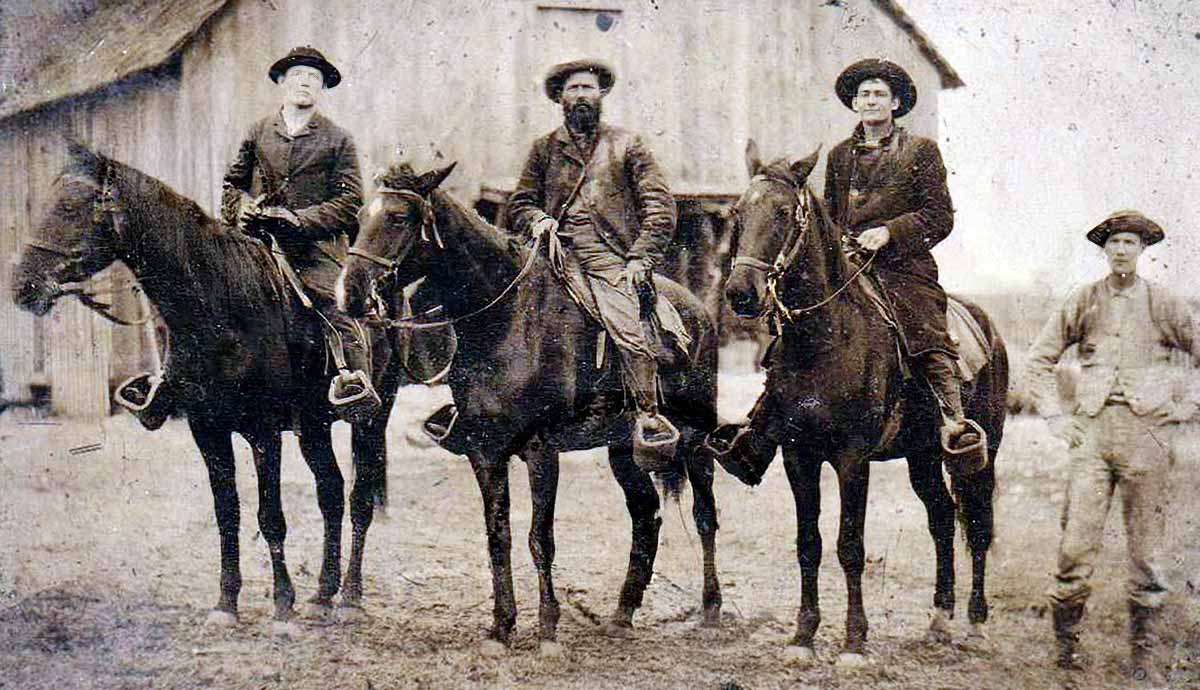
The mid-1930s marked the year Great Britain upped its re-armament game. Hermann Goering’s Luftwaffe no longer remained a secret with sleek bombers and fighters. The “bomber always gets through” concept dominated all theories that fleets of bombers could wreak destruction at long distances. The Wellington Bomber’s existence resulted from that. Designed by Barnes Wallis, Vickers built two prototypes, the second with modifications learned from the first.
A Unique Construction

The Wellington was built using a different assembly method: geodetic construction. Chief designer
Rex Pierson, along with Sir Barnes Wallis, used this unusual assembly method. The parts of this basket-weave structure each carried a part of the weight. If one part was damaged, the remaining pieces spread the weight around, retaining the frame’s integrity.
One of Three

Not one to put their eggs in one basket, the Air Ministry ordered three “heavy” bombers into production in the late 1930s. The other two are Handley Page Hamden and Armstrong Whitworth Whitley. Each’s role differed slightly – the Hampden being the fast bomber, the Whitely the heavyweight with a 4-ton bomb load, and the Wellington’s 2,800-mile range in the middle. The fabric-covered Wellington carried a 4,500 pound bombload, six machine guns, and a crew of six.
Only the Wellington would remain in service past 1945. The others long obsolescent were gone by 1943. Vickers manufactured around 11,461 Wellingtons, more than any British bomber. Their RAF service ended in 1953, seventeen years after its first test flight.
A Theory Disproven

1940 debunked the 1930s theory that “the bomber will always get through” when flying in formation. The RAF, or Royal Air Force, had several costly lessons that proved different. On December 18, 1939, twenty-four Wellingtons took off, but only twenty-two attacked German shipping off Heligoland Blight. About forty Luftwaffe fighters intercepted the British bombers, shooting down ten. Two more ditched in the ocean returning home.
After several such raids in 1940, the RAF turned to night raids. German interceptors overwhelmed unescorted bombers despite any plane defenses or formations. The Luftwaffe’s education would come later in 1940, during another epic battle.
The Wellington was nicknamed Wimpy because it resembled the Popeye cartoon character J. Wellington Wimpy was kept on through 1941 and 1942 as the RAF’s primary bomber. The first 1,000-plane raid against Cologne in 1942 flew with 700 Wellingtons. Not bad for a plane from the mid-1930s that soon would be phased out. The more famous Avro Lancaster took on this big role.
Versatility Was the Key

The Wellington’s hard-won bomber reputation cannot be denied, but in war, nothing stays constant. By late 1942, hitting back against Nazi Germany required bigger bombers like the four-engine Lancaster, Stirlings and Halifaxes. The Wellington’s last night raid in Europe occurred in 1943.
But, the Wimpy’s versatility could not be denied. Continual armament and engine upgrades made the Wellington more reliable. Replaced as a bomber, the Wellington slid easily into other roles. Britain’s RAF Coastal Command used Wellingtons to hunt German U-boats aided by radar with depth charges, searchlights, and flares. The Mark VII version earned the nickname “Stickleback” due to its upright radar masts.
Other unsung roles the Wellington played were transport and mine detection. In the latter role, the Wimpy carried a car engine powering an aluminum magnetic ring around the plane. The magnetic waves mimicked a ship’s metal signature which exploded the mines. Vickers specifically built trainer version Wellingtons besides bombers. These planes trained Lancaster and Halifax crews.
The most unusual and groundbreaking Wellington role was in early warning detection. In this role, the Wimpy carried a car engine that powered a generator that electrically charged a steel ring mounted around the plane.
Late in 1944, the Luftwaffe used HE-111s to launch V1 flying bombs at Britain. Luftwaffe bombers would climb from sea level to launch. When detected by the airborne radar carrying Wellingtons, operators would vector in fighters to shoot down the bombers and buzz bombs. Like many classic war planes, the Wimpy came in at least sixteen versions, including two trainer-specific ones post-war.
Long Live the Wimpy

Whether at the cold high altitudes of Europe, Malta, or tropical India, the Wellington served. Although considered high-tech in 1938, it quickly displayed its vulnerability. As a night bomber, it did well until more capable planes arrived. But it served. Perhaps Wellington’s strength lay in doing many jobs with little fanfare.










